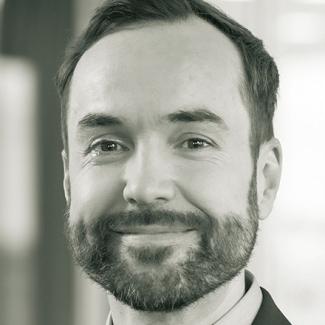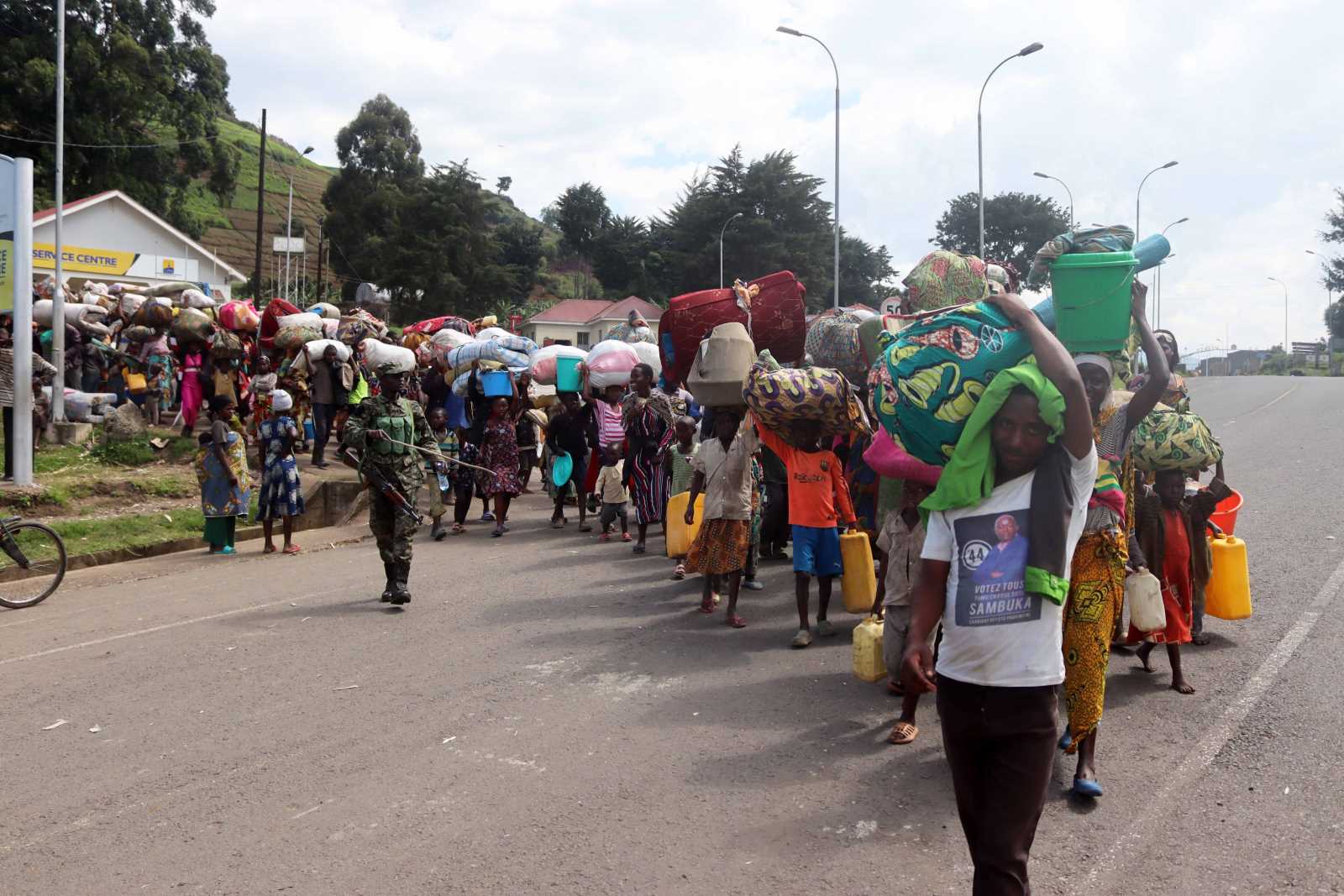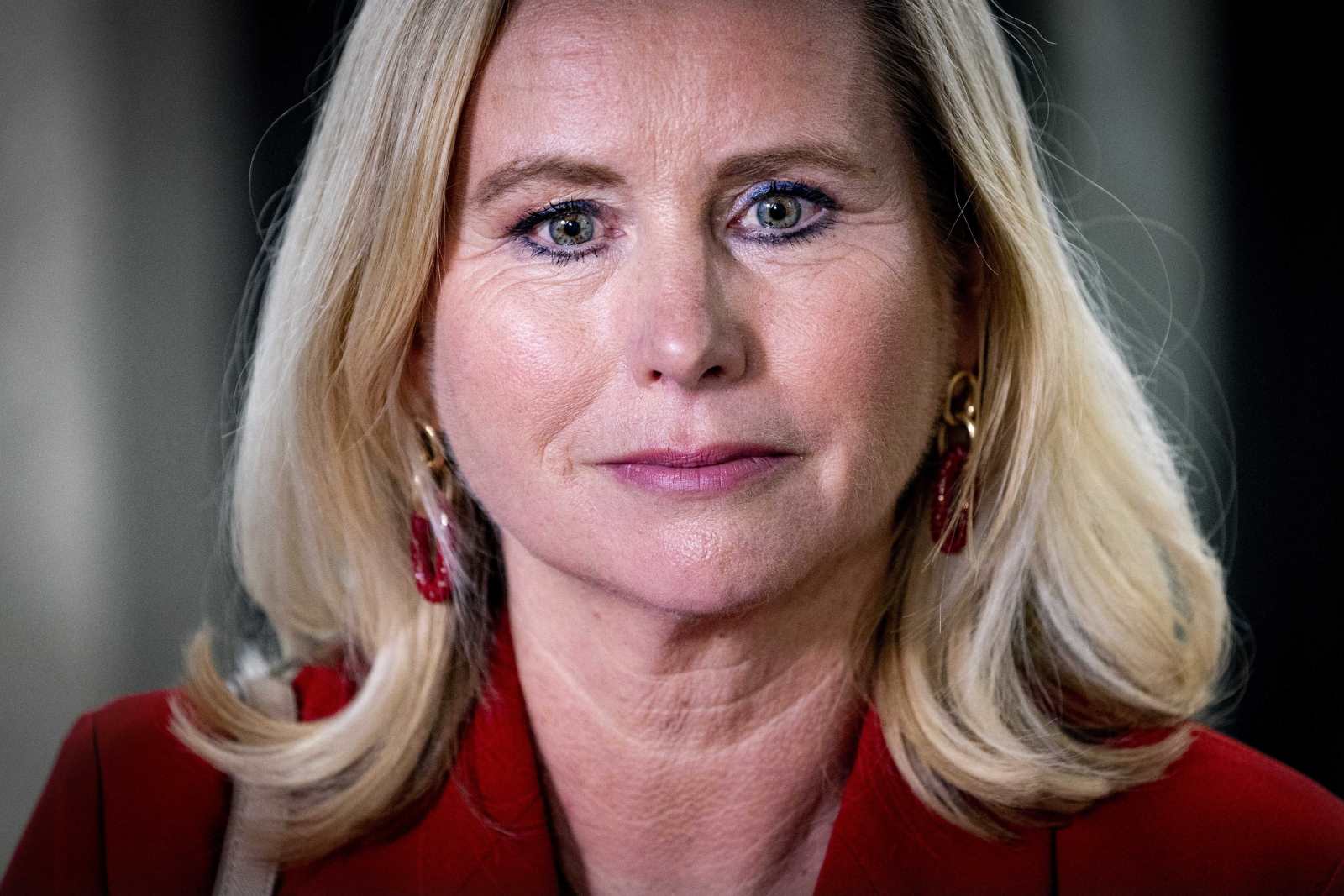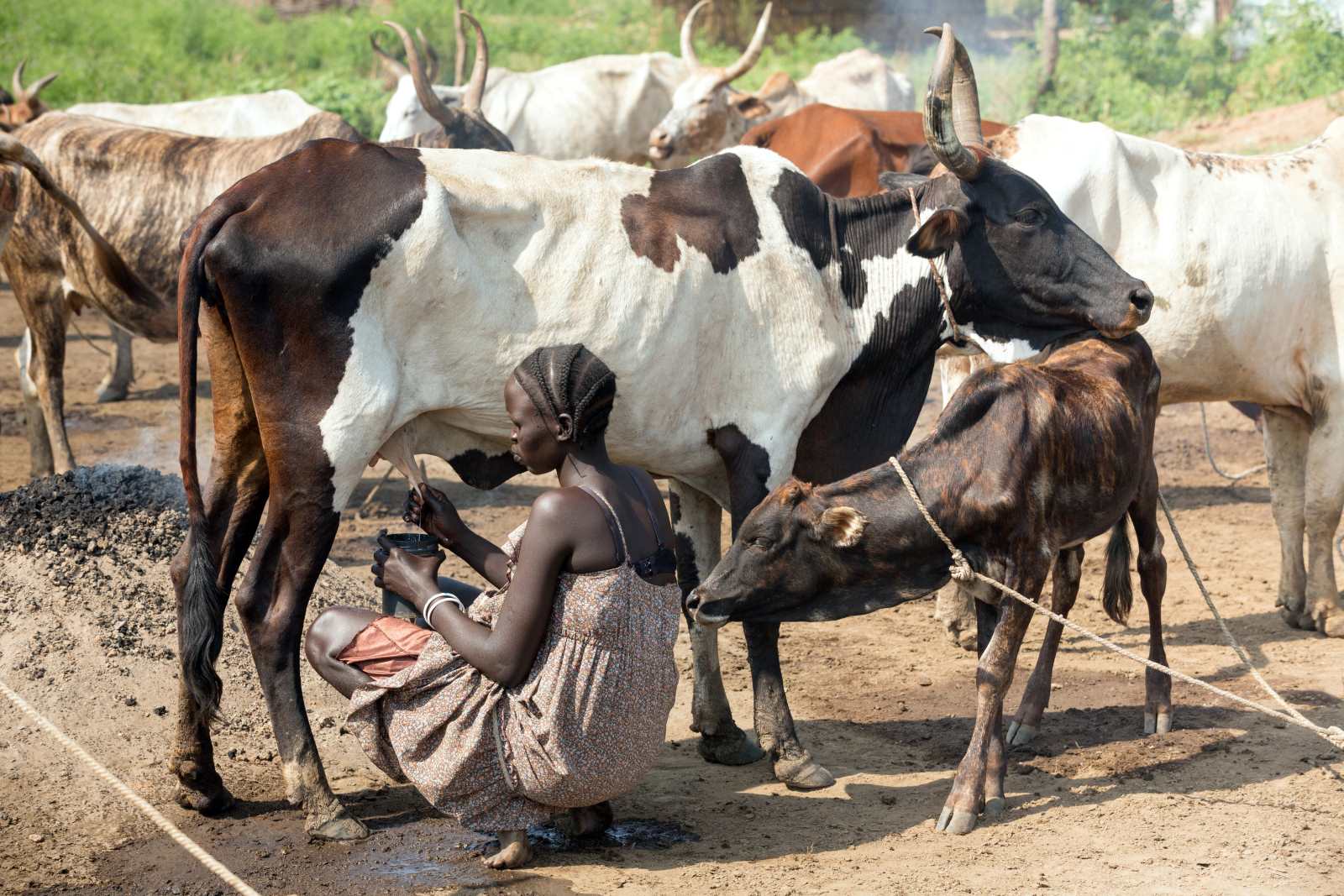Humanitarian crisis
Risking collapse

Around 2 million displaced people have left Sudan. Many of them have found refuge in Ethiopia, which has become one of the biggest migrant recipient countries in Africa – and not just since the start of the present war. Only Uganda takes in more refugees. In Ethiopia, the influx of people is not primarily perceived as a burden but as an opportunity for development – because by offering refuge the country hopes to benefit from more infrastructure, schools, health centres and economic growth.
But as the situation in western Ethiopia shows, the international aid system is collapsing. This is due to the swingeing cuts made to humanitarian- and development-aid budgets by governments worldwide. There is a glaring disparity between the scale of need and the support provided.
Around 300 million people worldwide are currently dependent on humanitarian aid. Due to massive underfunding in recent years, the UN has already reduced the number of people it actually seeks to reach to 180 million. To meet that target, it needs $ 48.9 billion. But according to the Financial Tracking Service of the UN Office for the Coordination of Humanitarian Affairs (OCHA), only $ 11.5 billion – not even a quarter of the required funding – is available.
In Kurmuk and Ura, a town and village in the Benishangul-Gumuz Region of western Ethiopia, it is possible to observe in real time what happens when good programme work is not adequately funded.
Kurmuk
According to the Ethiopian Refugees and Returnees Service (RRS), 22,803 refugees are currently accommodated at the Kurmuk Transit Centre, one kilometre from the border with Sudan.
The transit camp now comprises four zones. Since the end of 2023 alone, the number of people there has increased by around 4000. To provide a roof over their heads, the UN’s international refugee agency UNHCR has built 20 additional hangars. Each one accommodates 250 people. Due to the lack of financial resources, no arrangements have been made to provide protection for girls and women. They need to share the accommodation with boys and men. Sexual assaults are a regular occurrence.
Only 200 children visit the child-friendly area every day. That is around four percent of those who urgently need this service. Plan International’s Temporary Learning Space can also cater for only 190 children aged seven and eight. That is just 2.5 % of the 7474 school-age children.
At the same time, the transit centre itself still offers the greatest security for children. Outside the camp, people resort to what are euphemistically referred to as “negative coping mechanisms”: In order to survive, boys are forced to work in illegal gold mines and girls and women to engage in prostitution.
In addition to the problems of precarious accommodation and the lack of protection for children, girls and women, minimum humanitarian standards are not met. The nutritional status of the children at Kurmuk is alarming: nearly one in four children under the age of five is acutely malnourished – a total of more than 1000. Many of them will suffer the consequences for the rest of their lives. Since April 2023, more than 120 children in the camp have starved to death or died due to a lack of medical care.
Originally, the refugees were only supposed to be registered at the transit centre and then distributed to one of the three refugee camps in the surrounding area. But those camps are already overcrowded – so people have been kept at Kurmuk not just for days but months and, in many cases, over a year.
Ura
In the search for a solution to the untenable conditions in Kurmuk, UNHCR and RRS agreed on a new approach. Instead of a refugee camp, a so-called settlement for 30,000 refugees will be built as an extension of Ura, a village located further inland. Around 23,000 refugees will then be added to Ura’s population of approximately 3500 residents. After discussions with the host community and representatives of the Central Refugee Committee, a self-organised council of refugees from Kurmuk, and joint inspections of the site, construction of the accommodation began.
Instead of isolating the refugees from Kurmuk in a camp, the idea is to integrate them into the host community. Cost is also a major factor. There will be no need to create a social infrastructure for the refugees; they will use the existing one in Ura. Given the additional infrastructural upgrades that the project is expected to bring, local acceptance is high.
In the middle of June, 2705 people were relocated to Ura in the first phase of a three-year planning framework. The remaining refugees from Kurmuk will follow in stages over the subsequent 12 months. A new road has been built to provide access to the future settlement site.
But the project is in danger of failing. Just $ 2.6 million of the required $ 15 million funding is available, so for the time being only 500 households will be able to find a new home at Ura. And that will only be in temporary accommodation, consisting of a wooden frame and plastic sheeting. There is no money for sheet-iron roofs. The result is not a settlement but another stopgap measure.
Experience shows that people will then take matters into their own hands. The surrounding woodland is likely to be stripped bare within a year, used for building materials and fuel. Environmental damage and conflicts with local people over resources will invariably ensue.
The funding gaps run through all sectors. There is no money for a distribution centre, for example, or for the biometric registration of refugees. The UN Refugee Agency has been forced to prioritise the health, water, sanitation and hygiene (WASH) and education sectors. Protection – including child protection and protection from gender-based violence – is the actual core mandate of UNHCR. Failure to prioritise it due to lack of money is met with great incomprehension among actors in Ethiopia and international observers.
In addition, the existing infrastructure of the village is not designed for such a large number of people. The small health post that operates in Ura at present will need to be replaced by a hospital or at least a health centre, and the primary school does not have anywhere near the required capacity. It currently has eleven classrooms for around 800 pupils. If another 7474 were to come from Kurmuk, 55 more classrooms would be needed, operating in double shifts. Then there is the fact that the Sudanese children speak Arabic, not Benishangul, the language spoken in Ura, so they will be unable to follow lessons.
There are growing fears that the international funding shortfall will prompt UNHCR to transfer care for the refugees to the host communities and the Ethiopian authorities. The consequences of that are already foreseeable. In Ura, local actors agree that the same negative coping mechanisms as in Kurmuk will take place and conflicts with the host community are likely to arise because the expectations raised will not be met and resources become dramatically scarce.
At the same time, Kurmuk ought to be restored to its original purpose. The place should be developed as a transit centre and used as such. However, there are no signs that the untenable conditions will change.
Western Ethiopia could actually become a shining example of the humanitarian-development-peace nexus approach – bringing together humanitarian assistance, development cooperation and peacebuilding. But instead of helping deliver a sustainable, adequately funded solution in these areas, governments around the world are failing to provide more money and thus prompting or aggravating humanitarian disasters.
The present crisis is practically taking place in the shadows due to a lack of media attention to the plight of people in Sudan. It could be alleviated and even turned around to yield benefits for local communities. But for that to happen, governments need to realise that the humanitarian-development-peace nexus means enabling people to survive and live in dignity, creating prospects for those in adversity and paving the way for peaceful coexistence.
Fabian Böckler is Head of International Cooperation at Plan International Deutschland e. V.
fabian.boeckler@plan.de












